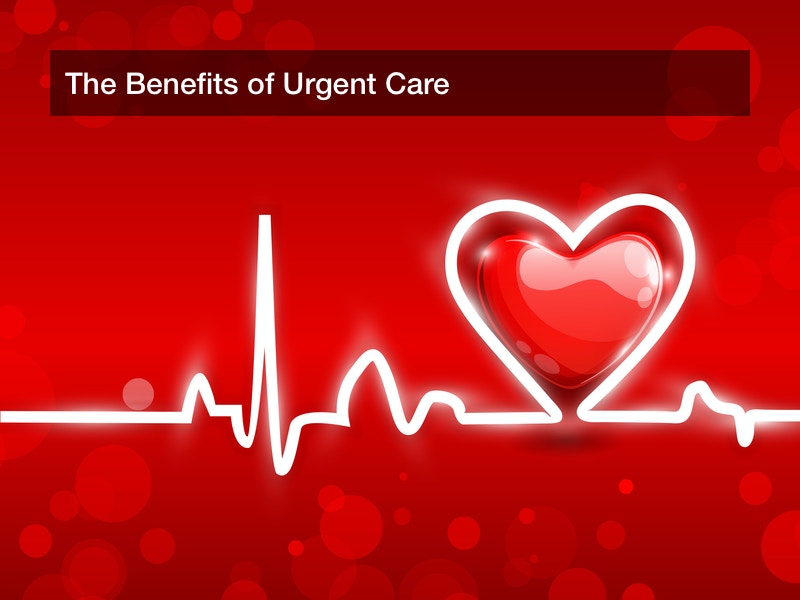

What Is Urgent Care?
Urgent care is an alternative medical clinic that focuses on providing ambulatory care outside of a traditional emergency room. Urgent care medical clinic is primarily used for non-immediate care to treat injuries and common illnesses such as colds flu, sprains, X-Rays, stitches, minor infections and wounds, and bruises. Statistics account for approximately 3 million patients who visit an urgent care for flu, colds, or any related common illnesses, as reported by the Urgent Care Association of America. Dizziness is considered the second most common complaint heard in doctor’s offices, and usually, occurs in 70% of the nation’s population at some time in their lives. Additionally, an urgent care medical clinic provides personalized care with doctors that are accessible throughout nearly eighty-five percent of urgent care centers. Urgent care is open seven days a week for after-hours urgent care.
What’s The Difference Between Urgent Care Clinics And Emergency Care?
An urgent care medical clinic is staffed with various medical practitioners at any given time, from nurse practitioners or physician’s assistants, depending on the state or region the medical center is in and their rules and regulations. Urgent care benefits those who have hectic schedules but still needs to visit the medical clinic. Research showed in 2016, 27% of U.S patients reported they visited a medical clinic in the last two years, and urgent care was much more cost-effective, with more than 70% of ER patient’s insurance being used for non-emergency or preventable conditions, such as common illnesses. Clinics are typically open evenings and weekends to provide timely primary and medical care that treats injury and common illnesses that would usually be performed in a medical office, such as colds and flu treatment, sprained ankles, testing for TB infection, itchy eyes, sore throats, stomach pains and minor injuries and common illnesses that might require stitching. Overall, clinic care is specific in the type of healthcare services it can provide as a walk in health clinic.
Emergency services offer more extensive healthcare services than the basics covered by a walk-in clinic or urgent medical care. Emergency services are equipped and trained to deal with more severe injuries and illnesses because of the variety of situation they see on an hourly basis. The type of medical treatment provided at the ER is typically more detailed because their healthcare services are comprised of board-certified physicians that are knowledgeable in all medical situations from severe health problems to difficulty breathing and lacerations. ER healthcare services also provide more immediate treatment to patients and offer advanced diagnostic and laboratory services, unlike urgent care that only covers the basics. The emergency room allows patients to stay for observation overnight and 24/7 access to doctors varying in medical disciplines for any level of medical issue.
Why Its Best To Avoid Late-Night ER Visits
In the emergency room there are certain limitations to the number of people that can be seen at a time. Even if your situation is difficult, there is a likelihood that your waiting time will drastically exceed the average waiting time that’s considered safe. There are optimal times for the ER, and the worst times for the ER, a late-night trip is something you want to avoid if possible. For the amount of time spend waiting, doctors typically only spend 13-16 minutes with a patient—this number drastically decreases during late hours, because of the number of patients that need to be seen. Convenient medical care is becoming a necessity to accommodate everyone’s medical problems—alternative methods to speak with an online doctor is a quickly growing method that more people are relying on to get faster modes of treatment.
Even having a shorter wait time at the ER doesn’t necessarily mean good treatment. On average, 40% of general physicians work both evening and weekend hours—doctors are extremely fatigued after consistently dealing with patients non-stop, meaning you are unlikely to receive optimal medical treatment. The emergency room has a reputation of having a significant lack of convenient medical care to adequately treat every patient with the required attention and medical care.
